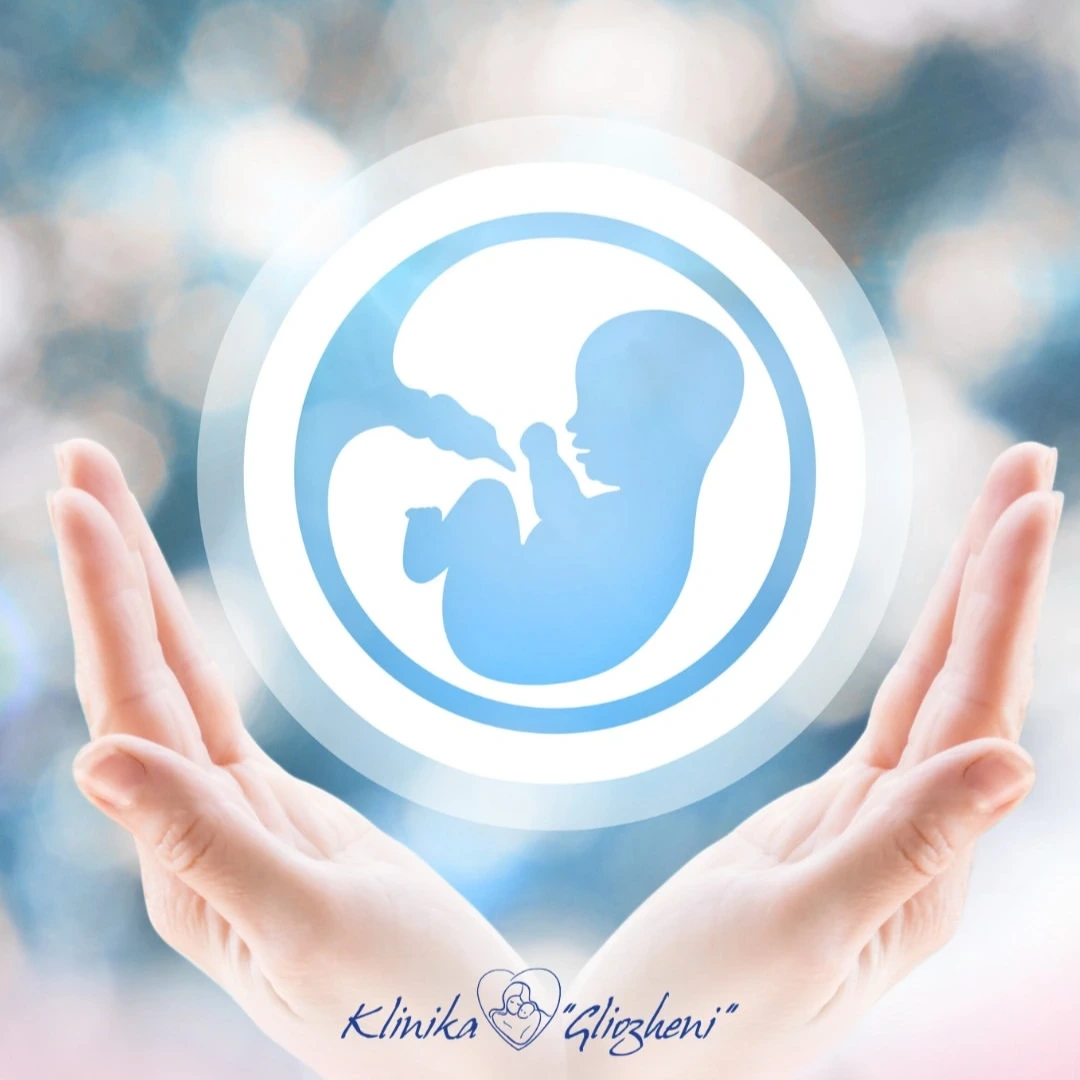Touch is the essence of human interaction, and for a newborn, it constitutes one of the most fundamental senses, especially during the first weeks and months of life. Skin-to-skin contact in babies, often referred to as “Kangaroo Care” (KMC), is not merely a gesture of love or warmth. It is a powerful and deeply biological form of communication and care, which helps build a profound bond between parent and child, directly and positively influencing their physical, emotional, and psychological development.
1. What is skin-to-skin contact?
Skin-to-skin contact is a simple, yet extraordinarily effective practice where the baby, dressed only in a diaper, is placed on the bare skin of the parent’s chest (be it the mother or father). This practice ideally begins immediately after birth, but can continue and be equally beneficial in the weeks and months to follow. This natural and continuous touch helps the child feel safe, protected, and loved, mimicking the warm and calm environment of the womb.
2. Why is this contact so important for babies?
Skin-to-skin contact plays a vital and multifaceted role in the baby’s health and development:
- Regulation of body temperature: The parent’s skin functions as a natural thermostat. Research shows that the temperature of the mother’s (or father’s) chest dynamically adjusts to warm the baby if it is cold, or cool it if it is hot, maintaining the baby’s body temperature at optimal levels.
- Stabilization of heart rate and breathing: Physical proximity to the parent’s heart rhythm and breathing helps stabilize the baby’s vital functions. This leads to a more stable heart rate and more regular and deeper breathing.
- Development of the nervous system: Gentle and continuous skin stimulation aids in the healthy development of the baby’s nervous system. This improves brain functions and helps the baby adapt better to the new environment outside the womb.
- Reduction of stress levels: Babies who experience skin-to-skin contact show lower levels of cortisol (the stress hormone). This helps calm them, reduce crying, and promotes deeper and more restful sleep.
- Increased milk production in the mother and easier breastfeeding: Early skin-to-skin contact stimulates the release of oxytocin, the love and milk hormone, in the mother. This not only increases milk production but also encourages the baby to seek and initiate breastfeeding earlier and more effectively.
- Strengthening of the emotional bond (Bonding): This physical closeness creates an irreplaceable emotional bond between parent and child, deepening mutual love, trust, and security.
3. A baby’s skin is extremely sensitive
Newborns have extremely sensitive skin, which is a window to the outside world. They are strongly influenced by physical contact and tactile stimulation. Some of the most sensitive areas include:
- Face and cheeks: Important for the rooting and feeding reflex.
- Hands and feet: For exploration and sensitivity to the environment.
- Belly and back: Large areas for extensive contact and calming.
- Mouth and soles of the feet: Key points for sensitivity and development.
Touch in these areas strengthens the emotional bond, stimulates sensory development, and helps the child understand the world around them through the sensations of touch and temperature.
4. Communication through touch
For babies, touch is the primary and earliest form of communication. Before they learn to speak, they communicate their needs and feelings through movements, expressions, and most of all, through physical interaction. When touch comes from a parent, it conveys love, security, warmth, and comfort. This form of non-verbal communication builds a strong foundation of trust and is the first step towards building a healthy, secure, and strong relationship between parent and child, influencing their long-term social and emotional development.
5. Practical tips for parents:
To get the most out of skin-to-skin contact, consider these tips:
- Start early: Place the baby on your chest immediately after birth, if possible and if health conditions allow.
- Create a calm environment: Ensure the room is warm, with dim lights and minimal noise. Stay calm, breathe deeply, and relax during contact, as babies are sensitive to your emotional state.
- Consistency is key: You can use this contact several times a day, for periods of 30-60 minutes, or whenever the baby needs calming or feeding. The more often, the better.
- Include the father: The father’s role in skin-to-skin contact is equally important. It also strengthens the bond with the baby and helps regulate its vital functions.
- Safety first: Always ensure the baby’s airways are clear and its head is well-positioned. Always be vigilant during this contact.
Skin-to-skin contact in babies is more than a gesture of love; it is a powerful, natural, and deeply scientific way to improve the health, development, and unbreakable bond between you and your child. Practice this essential form of care from the first days of life for the healthiest possible start and a happy upbringing.







